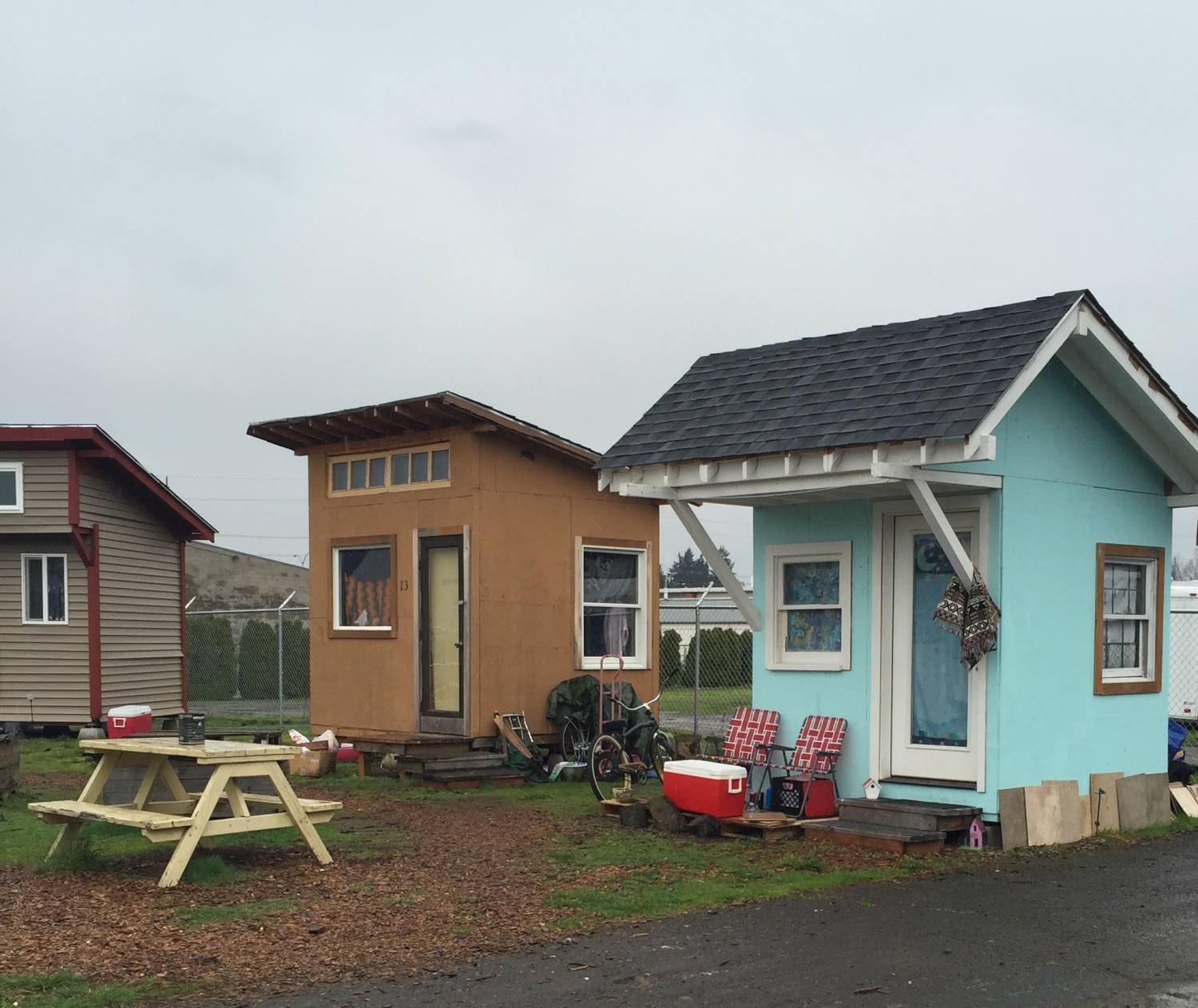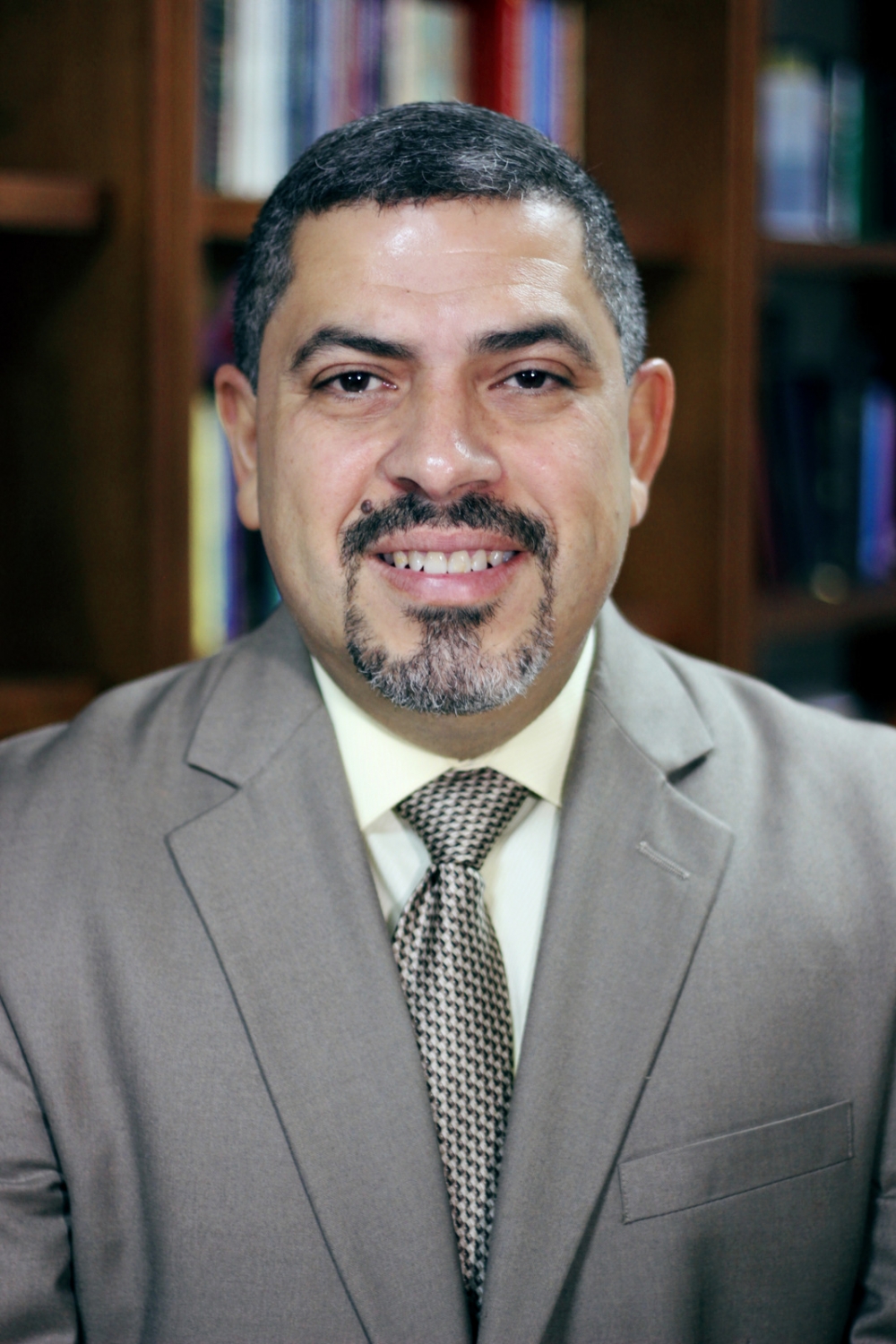Still “en la lucha”

The Elderly & the Church – La Iglesia & la gente de la Tercera Edad
The Latino community has a special relationship with the elderly. In Hispanic culture, the elderly are seen as survivors “en la lucha por la vida,” of the daily struggle for life.
La comunidad latina tiene una relación especial con sus envejecientes. En nuestra cultura hispana, las personas de edad avanzada son consideradas como sobrevivientes “en la lucha por la vida.”
Latinos and Latinas over 75 have witnessed the advances brought by the 20th and 21st centuries to our world. However, most of them have struggled against poverty, and some even overcame it. And all of those who have lived for a significant amount of time in the continental United States—particularly those who served in the military during the Second World War, the Korean Conflict, and even Vietnam— have struggled against racism, both inside and outside the Hispanic community.
Las personas hispanas mayores de 75 años han visto los avances traídos por el Siglo XX y el Siglo XXI. Sin embargo, la mayor parte luchó contra la pobreza y, en ocasiones, la vencieron. Y aquellas personas que han vivido por algún tiempo significativo en los Estados Unidos continentales—en particular quienes sirvieron en el ejército durante la Segunda Guerra Mundial, el Conflicto de Corea y en Vietnam—lucharon contra el racismo tanto dentro como fuera de la comunidad hispana.
Racism from the outside tended to be overt, almost blatant. We still remember the many epithets and slurs used to demean our community before political correctness sent racism underground.
El racismo externo era abierto, casi desfachatado. Todavía recordamos los insultos raciales que comúnmente se usaban para humillar a nuestra comunidad hasta que el advenimiento del discurso “políticamente correcto” encubrió el racismo.
However, racism from the inside was always covert. Sometimes it masked itself as “shading,” others as classism, and in still other cases as snobbism. But deep down, the real reason that usually moved a Hispanic to reject and label another Hispanic as “the other” was the color of his or her skin, ethnic origin, or language proficiency.
El racismo interno siempre ha estado escondido. En ocasiones se manifestaba como una preferencia hacia las personas de tez morena clara, en otras como una lucha de clases y en aún otras como altanería. Empero, la motivación principal de la discriminación entre personas hispanas ha sido el color de la piel, el origen nacional y el manejo del idioma.
The Iglesia Cristiana (Discípulos de Cristo) in Espinosa, Dorado, is a lively faith community that this year will reach a milestone: its 90th anniversary. Established shortly before The Great Depression, this congregation endured many trials. However, our faith community also experienced during the late 1930s a visitation of the Holy Spirit upon the then-fledgling Puerto Rican Disciples movement: The spiritual experience simply called “El Avivamiento,” i.e., The Revival.
La Iglesia Cristiana (Discípulos de Cristo) en Espinosa, Dorado, es una activa comunidad de fe que este año cumple su noventa aniversario. Fundada poco antes de La Gran Depresión, esta congregación sufrió duras pruebas. No obstante, también escaló cumbres espirituales, como la visitación del Espíritu Santo sobre el naciente movimiento de Los Discípulos de Cristo en Puerto Rico en la década de 1930: El Avivamiento.
Espinosa was then a poor community bordering a sugar cane field. It was populated mostly by those who worked in the sugar cane industry and their families. The bulk of the employees were seasonal workers, given that the process of planting, tending, and harvesting sugar cane takes less than a natural year and requires farmers to allow the land to rest for several months. This season of inactivity was called the “tiempo muerto,” literary the “dead” season.
Espinosa era entonces una comunidad pobre que bordeaba un cañaveral. Estaba poblada de obreros de la industria de la caña y sus familias. La mayor parte trabajaban solo una parte del año, ya que el cultivo de la caña implica un “tiempo muerto” donde no hay labores que realizar.
During “tiempo muerto,” families had to endure much hardships. Although they were supposed to survive with their “savings,” in reality they survived by getting further in debt with the landowners, who also owned the general stores where people procured food, clothing, and sundries.
Durante el “tiempo muerto” las familias pasaban grandes necesidades. Aunque se supone que vivieran de sus ahorros, en realidad se endeudaban comprando a crédito en las tiendas de los dueños de los cañaverales y de los ingenios azucareros.
Our Church grew in this context, preaching the Gospel and enthusing a new generation that broke the aforementioned cycle of misery. By the 1950s-1970s, every child who attended public school in Dorado and Vega Alta (the townships directly served by our Church) studied under, at least, one of the more than 25 school teachers who attended regularly our Church.
Nuestra Iglesia creció en este contexto, predicando el Evangelio y motivando a una nueva generación a romper con el mencionado ciclo de miseria. Durante las décadas del 1950, 1960 y 1970, toda la niñez de nuestro litoral estudió con, por lo menos, una de las más de 25 personas de nuestra congregación que dedicaron sus vidas al magisterio.
Today, those school teachers are retired. Most of them still attend Espinosa and form the backbone of our “Sociedad de Oro,” our “Golden Society” of parishioners over 55-years-old that meets regularly on Wednesdays mornings (given that most of those over 65 prefer not to drive at night). These heroes continue preaching the Gospel, visiting the sick, and feeding the hungry, even in their late years.
Hoy esos maestros y esas maestras se han retirado. La mayor parte continúan asistiendo a nuestra Iglesia, formando la espina dorsal de la “Sociedad de Oro”, nuestro grupo de la Tercera Edad. Estos héroes y estas heroínas continúan predicando el Evangelio, visitando personas enfermas y dando pan al hambriento.
They are not only the backbone of our “Sociedad de Oro”; they are the core groups of our congregation.
No solo componen la espina dorsal de nuestra Sociedad de Oro; sino que forman la base de nuestra congregación.
Print-friendly version here / Versión para imprimir aquí
Rev. Dr. Pablo Jiménez is pastor of Iglesia Cristiana (Discipulos de Cristo) in Espinosa, Dorado, Puerto Rico, and serves as a guest blogger for the Disciples Care Exhange. In the Christian Church (Disciples of Christ), the ministries of health and social services have been core to our Disciples identity and faith. The National Benevolent Association (NBA) supports a network of care providers – the Disciples Care Exchange. To learn more, contact Rev. Monica Wedlock Kilpatrick, director of Disciples Care Exchange and Affinity Group Ministries.

